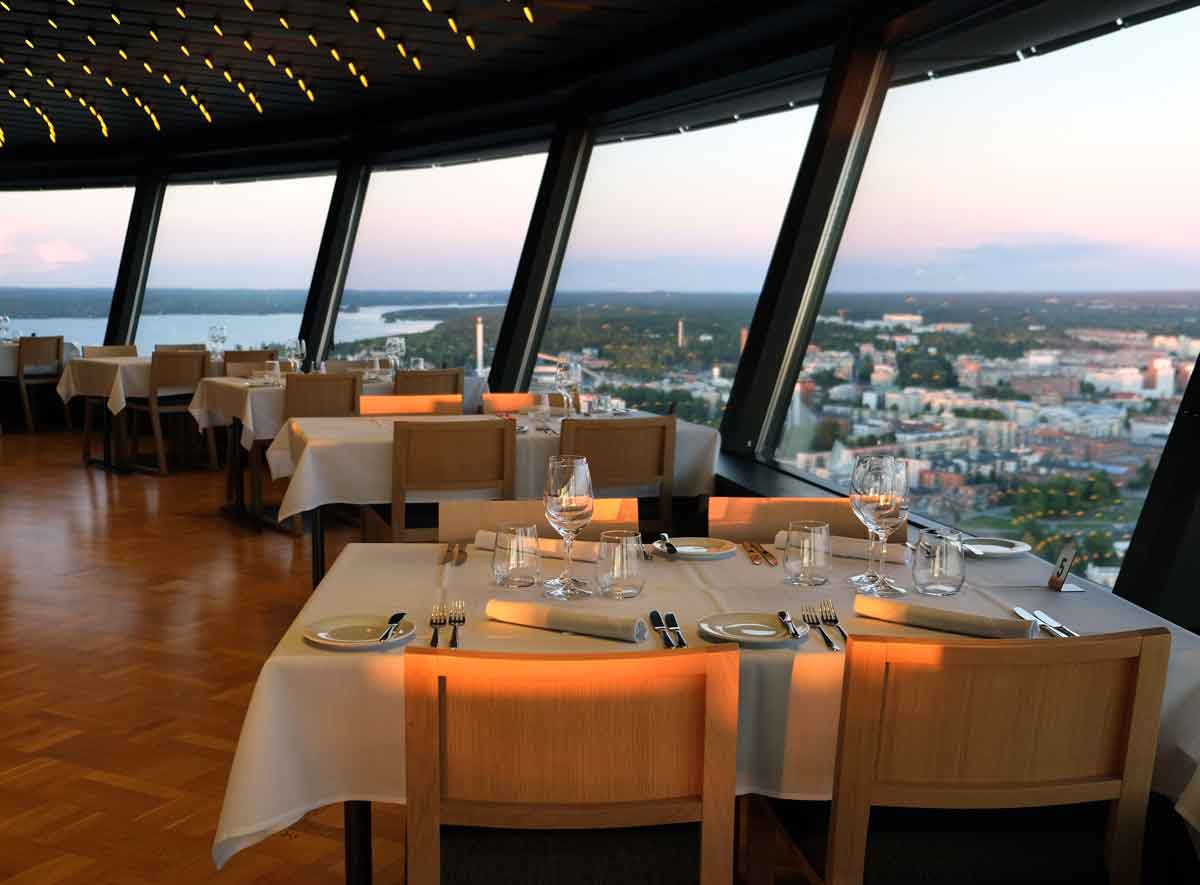En el mundo de la hostelería, cada detalle cuenta. Desde la elección del menú hasta la decoración del local, todo juega un papel crucial en la experiencia del cliente.

Pero si hay un elemento que a menudo se pasa por alto, pero que tiene un impacto directo en la presentación y percepción de la comida, son los platos para restaurante. En PinkAnt, entendemos la importancia de este elemento esencial y, por ello, queremos ofrecerte una guía detallada sobre los diferentes tipos de platos para restaurante disponibles, consejos para elegir el adecuado y cómo estos pueden elevar la experiencia gastronómica de tus clientes.
Consejos para Elegir Platos para Restaurante
-
Consistencia con la Marca: Elige platos que reflejen el estilo y la personalidad de tu restaurante. Si tu establecimiento es moderno, opta por diseños contemporáneos; si es más tradicional, los platos clásicos serán la mejor opción.
-
Funcionalidad: Considera el tipo de comida que sirves. Por ejemplo, si tu menú tiene muchas sopas, asegúrate de tener suficientes platos hondos.
-
Durabilidad: En el ambiente agitado de un restaurante, es esencial que los platos sean resistentes y duraderos.
-
Facilidad de Limpieza: Los platos que son fáciles de limpiar y mantener pueden ahorrar tiempo y esfuerzo en la cocina.
-
Presupuesto: Si bien es importante invertir en platos de calidad, también es esencial mantenerse dentro del presupuesto. Considera la relación calidad-precio al tomar una decisión.
Tipos de Platos para Restaurante
-
Platos Llanos: Son los más comunes y versátiles. Ideales para servir platos principales, estos platos suelen tener un diámetro que oscila entre 24 a 29 cm y pueden tener o no tener borde.
-
Platos Hondos: Perfectos para sopas o platos con salsas, tienen un diseño profundo y redondeado.
-
Platos Soperos: Similar a los platos hondos, pero diseñados específicamente para servir sopas.
-
Platos para Postres: Más pequeños que los platos llanos, son ideales para postres o pasteles.
-
Platos para Pizza: Grandes y planos, están diseñados para servir y cortar pizzas con facilidad.
-
Platos para Pasta: Un poco más hondos, permiten servir y disfrutar de la pasta de manera adecuada.
-
Platos para Burger: Planos y de tamaño mediano, son ideales para hamburguesas y acompañamientos.
-
Platos de Color: Aportan un toque de color y diseño a la mesa, perfectos para establecimientos con un tema o decoración específica.
-
Otros Tipos: Incluyen platos de desayuno, platillos para pan, bajoplatos, platos de loza, platos cuadrados, platos de vidrio templado y platos ovalados.
Antes de adentrarnos más en los detalles de los platos, es esencial entender por qué la presentación es tan crucial en la hostelería. Comer es una experiencia multisensorial. No solo degustamos con el paladar, sino también con los ojos. Un plato bien presentado puede elevar un plato delicioso a una obra maestra culinaria. Los platos adecuados actúan como el lienzo perfecto para esta presentación, complementando y realzando la comida que contienen.
Consideraciones Estéticas al Elegir Platos para Restaurante
-
Color: Mientras que los platos blancos son clásicos y versátiles, los platos de colores pueden añadir un toque distintivo. Por ejemplo, un plato negro puede hacer que los colores vibrantes de una ensalada fresca destaquen.
-
Forma: Los platos no siempre tienen que ser redondos. Los platos cuadrados, rectangulares u ovalados pueden ofrecer una estética única y moderna.
-
Textura: Algunos platos tienen texturas o patrones grabados que pueden añadir un elemento adicional de interés visual.
La Sostenibilidad en la Elección de Platos
Con la creciente conciencia sobre el medio ambiente, muchos restaurantes están buscando opciones más sostenibles. Considera platos hechos de materiales reciclados o sostenibles. Además, los platos duraderos no solo son una buena inversión a largo plazo, sino que también reducen el desperdicio al no tener que ser reemplazados con frecuencia.
Adaptabilidad a las Tendencias GastronómicasLa gastronomía está en constante evolución, y lo que es popular hoy puede no serlo mañana. Al elegir platos, considera opciones versátiles que puedan adaptarse a diferentes estilos y tendencias de comida. Por ejemplo, los platos hondos no solo son ideales para sopas, sino también para platos de estilo bowl que se han vuelto populares en los últimos años.

















